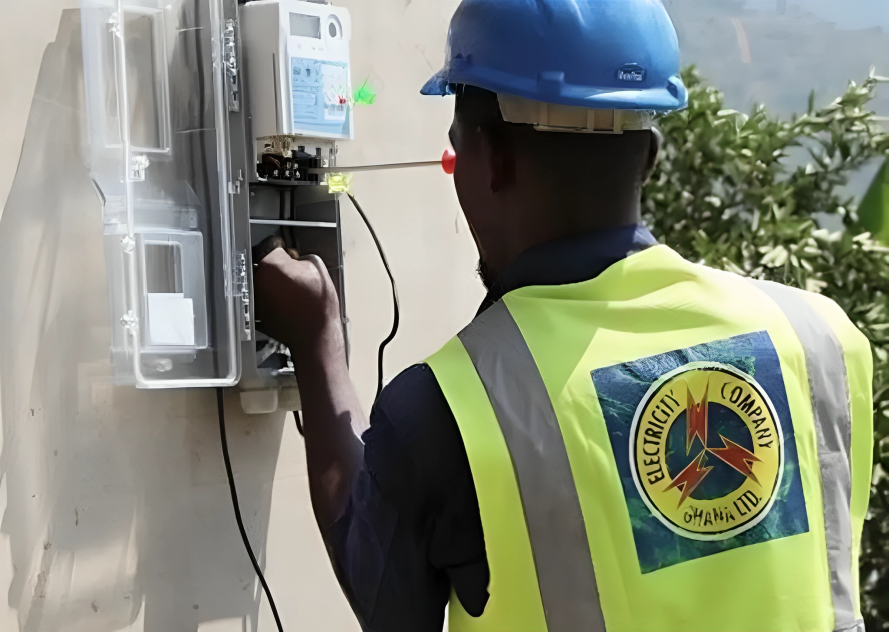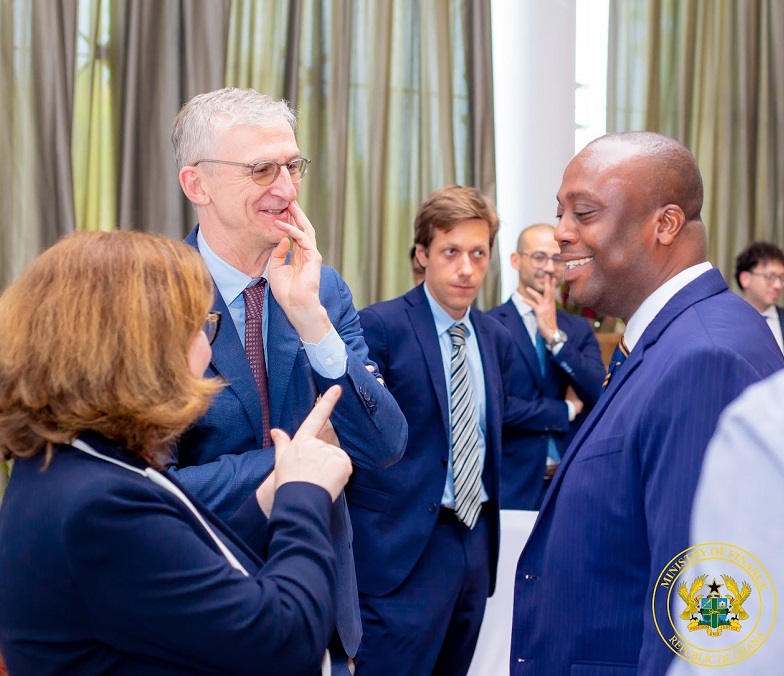
By Daniel KONTIE
Generally, the concept of integration is basically the process of combining different components into a single unit or system for ease of use, identification, uniformity, economy and most importantly, wider accessibility.
The concept has proven to be very effective across industries and professions, eg Engineering, Information Technology, Economics, etc. The information age has made the world a global village making integration no longer an option but a sine qua non for transforming systems, professions, industries etc in all sectors of an economy.
The built environment being the engine of growth for every economy across the globe is not an exception to this fundamental fact. The objective of this article is to examine the transformative role an integrated African built environment can play in attaining a socio-economic transformation of the continent.
Africa, a continent of vast natural resources and cultural diversity, stands at a critical juncture in its developmental trajectory as rapid urbanization, population growth, and economic diversification reshape its future, the built environment emerges as a cornerstone in this transformation agenda.
By integrating the built environments across Africa, we can create a unified framework for socio-economic transformation that addresses the continent’s unique challenges while unlocking its immense potential for global pre-eminence. The built environment has a significant transformative role in the development of a continent citing the European Union as a classic example.
In the EU bloc, the construction sector provides 18 million direct jobs and contributes to about 9% of the EU’s GDP. It also creates new jobs, drives economic growth, and provides solutions for social, climate and energy challenges, according to the European Commission (2023). Africa has not been able to realize the full potential of this sector, probably reason for its 97million estimated housing deficit coupled with the wide developmental gap it suffers compared to other peer continents across the globe (African Development Bank (AfDB, 2024).
“The built environment is fundamental to accelerate economic development and social prosperity in Africa given its direct benefits and multiplier effects to the economy” (IFC, 2023). To address the African housing challenge, the International Finance Corporation recommended to stakeholders, a sustained commitment and “coordinated approach”.
What do they mean by this coordinated approach? Key among the IFCs recommendation of the need for a coordinated approach is the integration of the African built environment, the subject of this article, and one of the core objectives of the Africa Continental Engineering & Construction Network Ltd.
The question now is, can Africa have an integrated built environment such that all professions in the built environment will have a common curriculum for training and professional certification examination for all professionals across the continent?
This will make a certified engineer in Ghana a certified engineer in Kenya, Nigeria, Egypt, Uganda, Rwanda, South Africa, Angola, Morocco, Algeria etc with just one common certification exam.
Second, can Africa have a common standard, we may decide to call it the “Afrobuildcode” similar to the eurocode, which will be the universally accepted standard for the African built environment, such that quantities, metric systems etc will all be uniform and accepted among member states such that all building materials for example certified in Ghana by a standard will be accepted in Nigeria, Rwanda, South Africa, Kenya, Uganda, Angola, Morocco, Algeria, etc?.
Third, can we have a standard system where all industry practitioners, both corporate and individuals will have same grading and classification system such that a D1 building contractor in Ghana will be recognized same in Nigeria, Kenya, Uganda, Rwanda etc. This will eliminate the existing needless and incompetent trade and professional bureaucracies whilst facilitating a robust cross border built environment trade and professional practice that has the potential of transforming the African built environment.
One may be curious to ask, what would be the impact of an integrated built environment on the development of the Continent? A few among these are:
Foster Investment: A harmonized policy across member states makes it easier for international investors to navigate markets, promoting investments in housing, commercial real estate, transportation infrastructure and industrial zones et cetera. The ripple effect of this investment will create jobs for the labor-intensive working class of the built environment, and a coordinated approach can generate millions of jobs, especially for Africa’s growing youth population.
Collaborative Investment: Also, an integrated African built environment can lead to collaborative investments among African states, investors, industry practitioners etc to reduce financial burdens on individual nations.
Projects like the Grand Inga Dam in the Democratic Republic of Congo, envisioned to power multiple countries, demonstrate a practical benefit of shared infrastructure through integration. This also has the potential of ensuring equitable distribution of development as underdeveloped areas can benefit from cross-border infrastructure, reducing regional disparities.
Skills and Technology Transfer: Besides, an integrated built environment will facilitate easy built environment technology transfer across the continent, evening the skills, technology and developmental gaps among member states.
Last but most important is capacity building, integrating the built environment will facilitate mergers between industry players, this will lead to bigger and more resilient African construction firms that will have the capacity to undertake complex projects across the continent.
This will also change the status quo, the proliferation of multinational firms that have taken over the African built environment over the years. It will also lead to more mutually beneficial collaborative relationships between the African construction firms and their multinational counterparts than it is now.
Take for example the capacity we can build if we should have a merger or collaboration between Dutum Construction Company of Nigeria, Joshob Construction in Ghana and Trencon Construction in South Africa. The synergy created can grow into giant African built environment consortiums across the continent.
In conclusion, sight is not lost of a few possible challenges of this integration agenda, however, that will be dealt with in subsequent editions. But the bottom line remains that, the benefits of integration outweighs the disadvantages it presents. Integrating Africa’s built environment is not merely an aspirational goal but an urgent necessity. It offers a pathway to cohesive growth, inclusive development, and sustainable progress.
Governments, private sector players, and regional bodies must prioritize this vision by fostering partnerships, harmonizing policies, and embracing innovation and the time is now!. Together, we can build an Africa where professionals unite, infrastructure unites, housing dignifies, and urban spaces empower communities. It is through this integration that Africa will not only transform itself socio-economically, but also inspire the world with its resilience and ingenuity.
Daniel is an Entrepreneur and a Business Executive. He is the founder and CEO of the Africa Continental Engineering & Construction Network Ltd (ACECN), a leading Pan African Engineering and Construction Company in Ghana and Africa, Falcon 48 Developers and other affiliated companies. Tel: 233209032280 Email: d.kontie@acecnltd.com. Website: https://acecnltd.com/.
The post Transformative role of an integrated African built environment in achieving sustainable dev’t: a possibility or a mirage appeared first on The Business & Financial Times.
Read Full Story





















Facebook
Twitter
Pinterest
Instagram
Google+
YouTube
LinkedIn
RSS